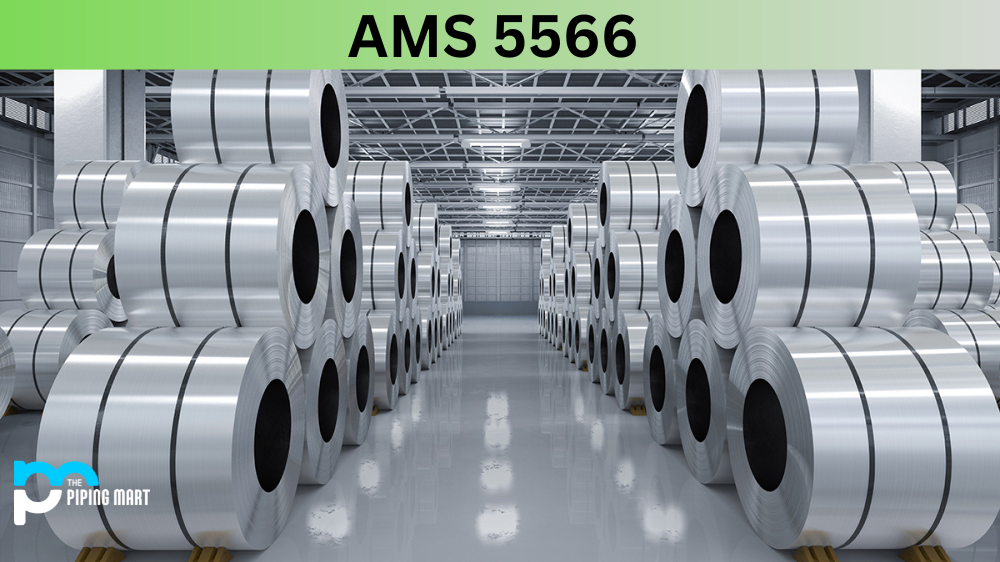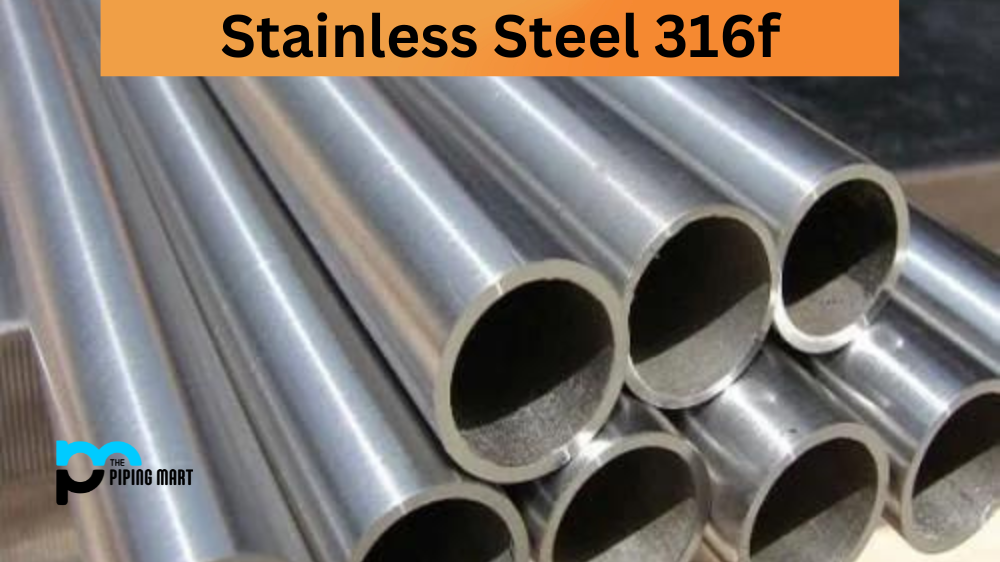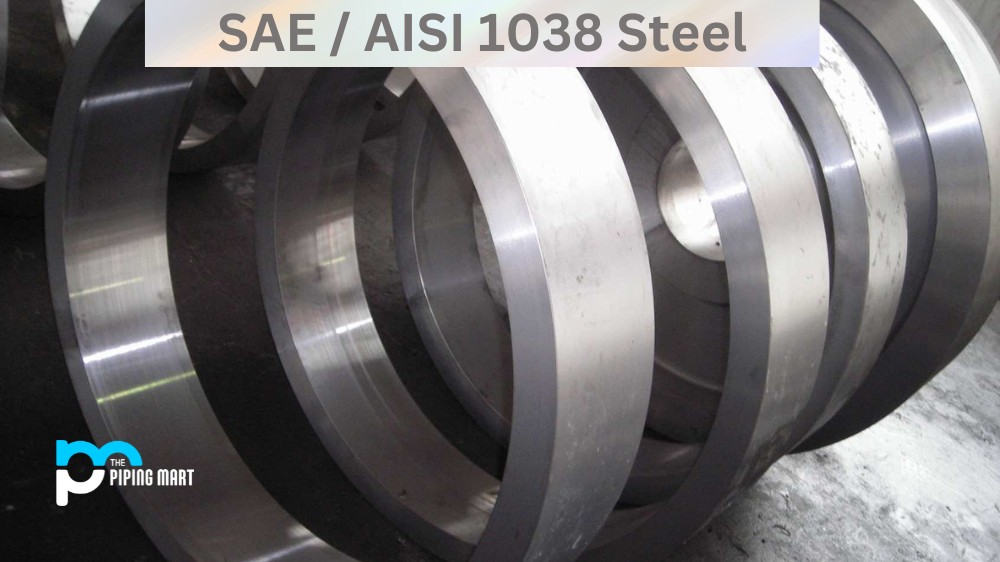If you’re involved in the aerospace, defence, or medical industry, you’ve heard the term AMS 5566 thrown around. But what exactly is AMS 5566, and why is it highly regarded in these industries? In this blog post, we’ll take a closer look at this high-strength stainless steel and explore its composition, physical and mechanical properties, as well as its applications, hardness, and heat treatment.
What is AMS 5566?
AMS 5566 (also known as 304 Stainless Steel) is a specification created by the Society of Automotive Engineers (SAE) that outlines the requirements for seamless or welded, cold-drawn or seamless, annealed stainless steel tubing intended for high-temperature or corrosive environments. The tubes made according to AMS5566 are used in various applications, from jet engines and gas turbines to heat exchangers and chemical processing equipment. Precision and quality are vital aspects of manufacturing tubing under this specification. The tubes must meet rigorous standards and undergo various tests to withstand the harsh conditions they are meant to endure. As a result, AMS5566 is an essential element of the aerospace industry’s rigorous quality standards.
What Form Is AMS 5566 Available at Piping Mart?
- Nut
- Bar
- Bolt
- Pipe
- Screw
- Tubing
- Valves
- Washers
- Channels
- ERW Pipes
- Flanges
- Fasteners
- Electrodes
- Stud Bolts
- Sheet Plates
- Pipe Fittings
AMS 5566 Composition
AMS 5566 material is a high-strength stainless steel alloy that contains a combination of nickel, chromium, and molybdenum, as well as traces of other metals. This material is highly resistant to corrosion and oxidation, making it ideal for use in harsh environments. Additionally, the chemical composition of AMS 5566 makes it highly weldable, further expanding its applications in various industries.
| Element | % Present |
|---|---|
| Carbon (C) | 0.07 |
| Chromium (Cr) | 17.50 – 19.50 |
| Manganese (Mn) | 2.00 |
| Silicon (Si) | 1.00 |
| Phosphorous (P) | 0.045 |
| Sulphur (S) | 0.015b) |
| Nickel (Ni) | 8.00 – 10.50 |
| Nitrogen (N) | 0.10 |
| Iron (Fe) | Balance |
AMS 5566 Physical Properties
One of the critical characteristics of AMS 5566 is its excellent physical properties, including high tensile strength, good flexibility, and low thermal expansion. The density of this material is also relatively low, which makes it attractive for use in weight-critical applications.
| Property | Value |
|---|---|
| Density | 8,000 Kg/m3 |
| Melting Point | 1450 °C |
| Thermal Expansion | 17.2 x 10-6 /K |
| Modulus of Elasticity | 193 GPa |
| Thermal Conductivity | 16.2W/m.K |
| Electrical Resistivity | 0.072 x 10-6 Ω .m |
AMS 5566 Mechanical Properties
In addition to its impressive physical properties, AMS 5566 exhibits excellent mechanical properties. This material has a maximum hardness of 40 HRC and a maximum yield strength of 185 ksi, making it suitable for use in demanding applications that require exceptional strength and durability.
| Property | Value |
|---|---|
| Comprehensive Strength | 210 MPa |
| Proof Stress | 210 Min MPa |
| Tensile Strength | 520 – 720 MPa |
| Elongation | 45 Min% |
AMS 5566 Equivalents
|
Euronorm |
UNS |
BS |
En |
Grade |
|
1.4301 |
S30400 |
304S15 304S16 304S31 |
58E |
304 |
AMS 5566 Uses
Due to its high strength, good flexibility, and excellent corrosion resistance, AMS 5566 is commonly used in various industries, including aerospace, defence, and medical. This material is often used to manufacture aircraft parts, missile components, and high-pressure fuel lines.
AMS 5566 Hardness
The maximum hardness of AMS 5566 is typically achieved through precipitation hardening, a heat treatment process that involves ageing the material at a specific temperature for a specific amount of time. Precipitation hardening increases the hardness of AMS 5566 and improves its tensile strength, making it even more suitable for demanding applications.
AMS 5566 Heat Treatment
Aside from precipitation hardening, other heat treatment processes can also be applied to AMS 5566 to enhance its mechanical properties. For instance, annealing can soften the material, while solution treatment can dissolve any sediments that may have formed after precipitation hardening.
Conclusion:
AMS 5566 is a highly versatile and reliable stainless steel alloy that has found widespread use in various industries, including aerospace, defence, and medical. Its excellent physical and mechanical properties, corrosion resistance, and weldability make it well-suited for demanding applications that require exceptional strength, durability, and resistance to harsh environments. So if you’re looking for material to help you meet the most challenging engineering requirements, AMS 5566 might be the right choice.

Meet Bhavesh, a seasoned blogger with a wealth of knowledge and experience. From metal products manufacturing to retail, Bhavesh has a diverse background in various industries and is dedicated to sharing his insights and expertise with readers.




